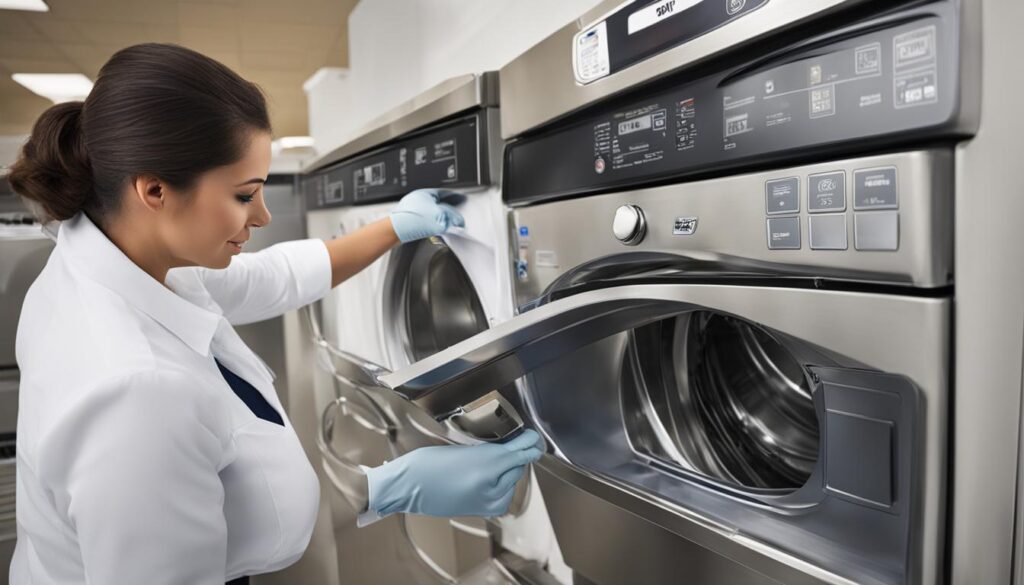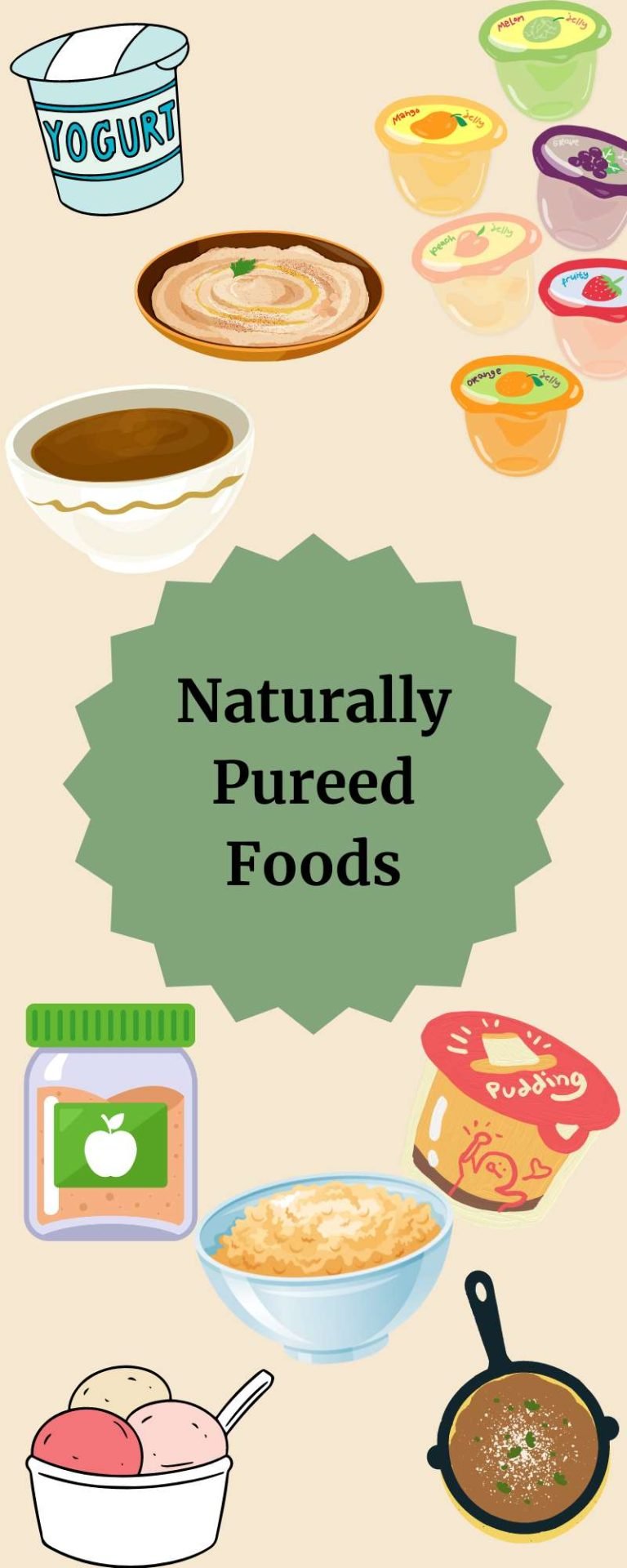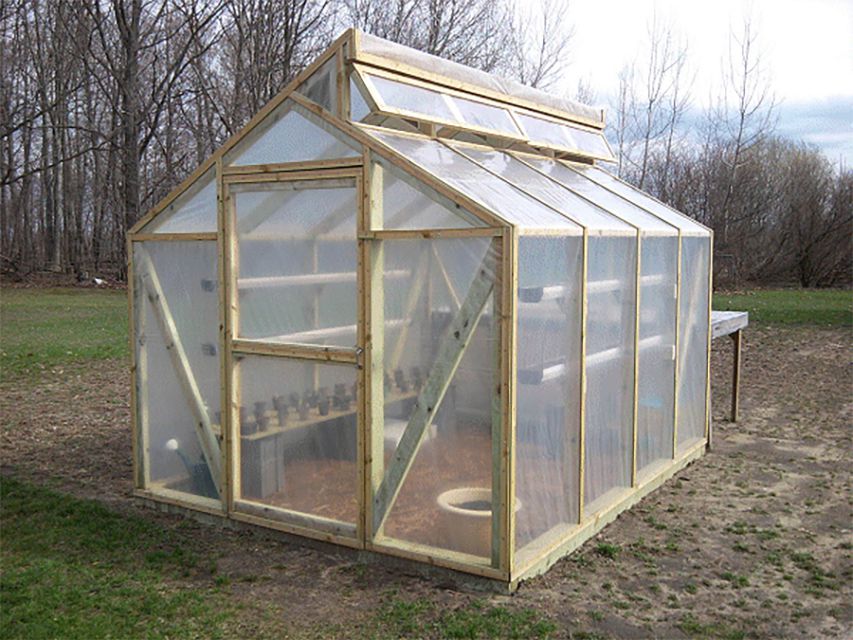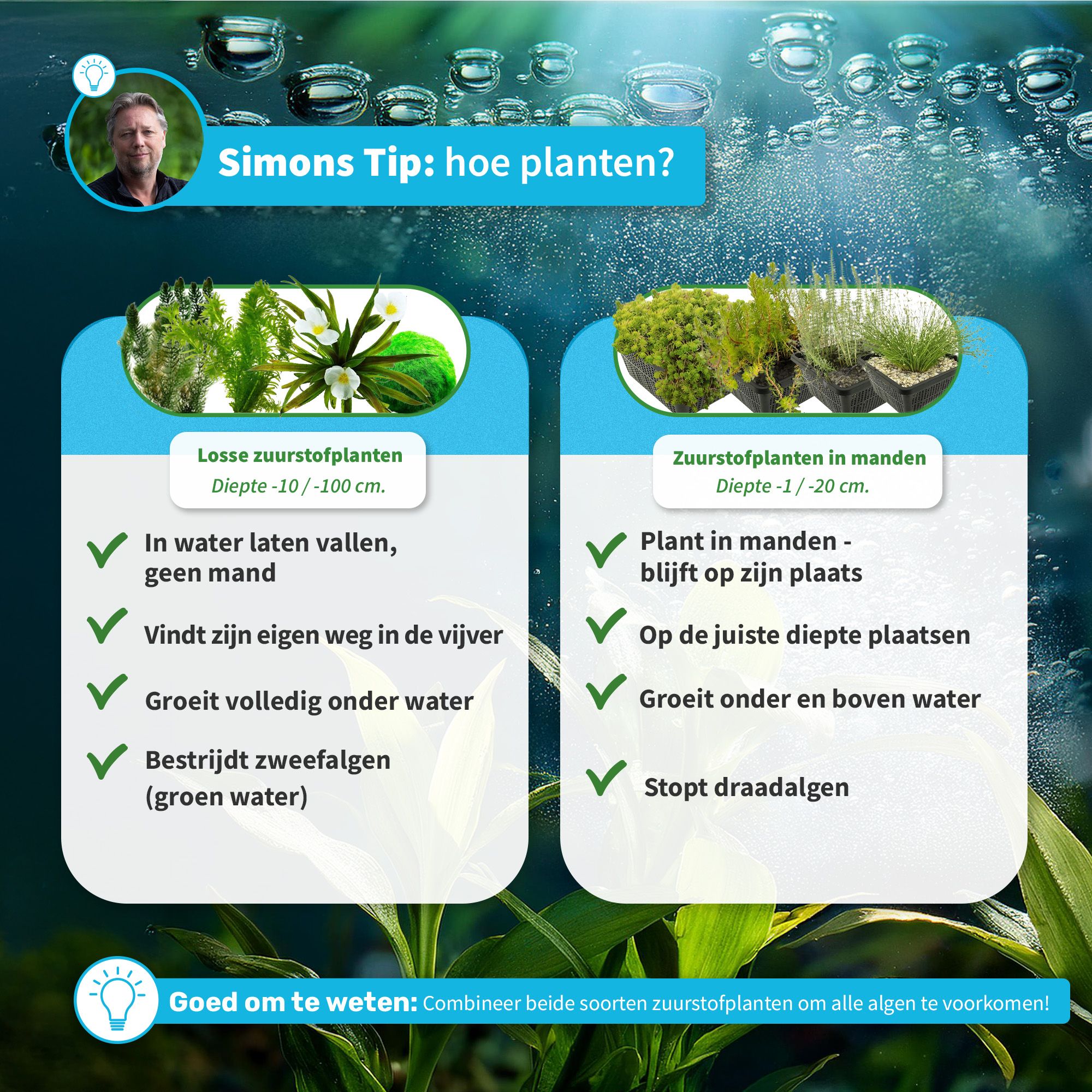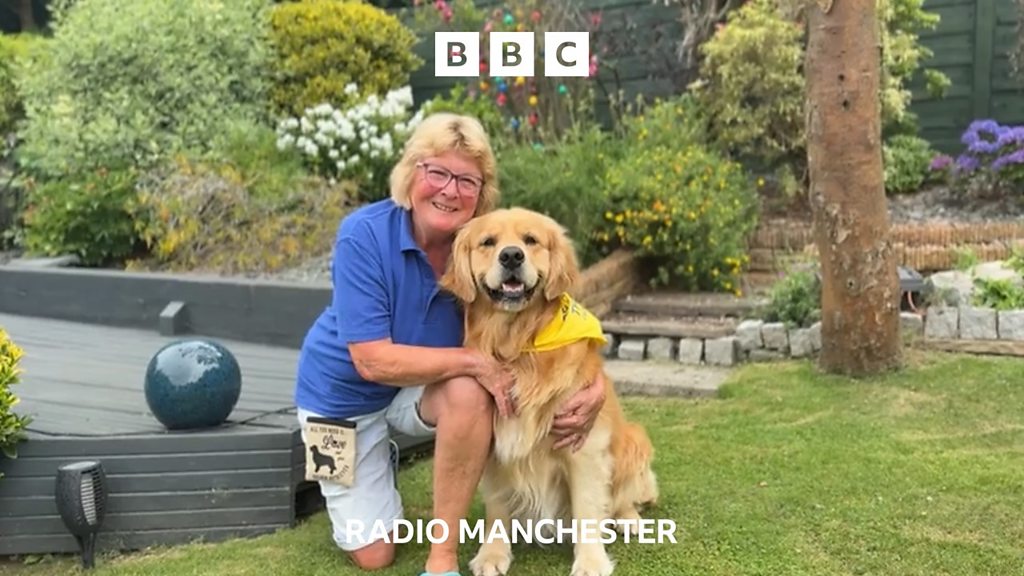DIY Powder Coating: Complete Guide to Professional Finishes at Home
Understand powder coating basics
Powder coating stand as one of the well-nigh durable and attractive finishing methods available for metal surfaces. Unlike liquid paint, powder coating apply dry, electrostatically charge particles that melt and fuse into a continuous film when heated. The result is a finish that’s typically tougher than conventional paint, with excellent resistance to chipping, scratch, fading, and corrosion.

Source: powdercoatinginsanantonio.com
The good news is you don’t need an industrial setup to achieve professional powder coat results. With the right equipment and techniques, you can set up an effective powder coat operation in your home garage or workshop.

Source: euclidrefinishing.com
Essential equipment for home powder coating
Powder coating gun
The powder coat gun is your primary tool. Entry level models start around $100, while more advanced units can cost several hundred dollars. Look for these features:
- Adjustable voltage settings (typically 10 25kv )
- Powder flow control
- Lightweight design for extended use
- Easy to clean components
For beginners, an affordable hf (high frequency )powder gun provide a good balance of performance and value. These guns use electrostatic charging to adhere the powder to your workpiece.
Oven or kiln
After will apply powder, you will need heat to will cure it. Options include:
- Dedicated powder coat oven Purpose build for the task but more expensive
- Converted kitchen oven Affordable but ne’er use it for food again
- Custom build oven Diy option use insulation panels and heating elements
Your oven must reach and maintain temperatures between 350 400 ° f (175 205 ° c )for 10 20 minutes. Size matter — ensure it can accommodate your largest projects.
Air supply
Most powder coat guns require compressed air. A standard workshop compressor (minimum 2hp )with moisture separators work substantially. Ensure your compressor can deliver:
- At least 5 10 CFM (cubic feet per minute )
- Clean, dry air (moisture ruin powder coating )
Surface preparation equipment
Proper surface prep determine coat success. Gather these tools:
- Media blaster (sandblaster )or abrasive wheels
- Chemical cleaners (acetone, denature alcohol )
- Degreased
- Hang tools (hooks, wires )
- Heat-resistant gloves
Powder coating media
Powder coating media come in endless colors and finishes:
- Polyester Near common, good for outdoor use
- Epoxy Excellent chemical resistance but can fade outside
- Hybrid Combines polyester and epoxy properties
- Special effects Metallic, candy, texture, and more
Start with 1 2 pounds of powder for small projects. Store unused powder in airtight containers outside from moisture.
Set up your home powder coating workspace
Space requirements
A functional powder coat setup need:
- Swell ventilate area (minimum 10’x10′ )
- Access to 110v power (240v for larger ovens )
- Separation from live spaces
- Concrete or non-flammable flooring
Garages and outbuildings work wellspring. Ne’er powder coat in living spaces due to potential health hazards.
Create a spray booth
While commercial spray booths cost thousands, you can build an effective DIY version:
- Frame a booth with PVC pipe or wood
- Cover with plastic sheet
- Install light for visibility
- Add ventilation (box fan with filter )
- Ground all components to prevent static buildup
Your booth should contain overspray while provide good visibility and access to your workpiece.
Safety considerations
Safety can not be overlooked when powder coating at home:
- Wear a respirator rate for fine particulates
- Use nitrile gloves when handle chemicals
- Install fire extinguishers nearby
- Ensure proper electrical grounding
- Keep workspace clean to prevent dust explosions
- Wear eye protection
Ne’er compromise on safety equipment — powder coating involve electricity, fine particles, and high heat.
The powder coating process step by step
Surface preparation
The foundation of quality powder coating is thorough surface preparation:
- Dismantling Remove all non-metal components that can’t withstand heat
- Clean Degrease exhaustively with appropriate solvents
- Strip Remove old finishes with chemical strippers or media blasting
- Surface profiling Create a slimy rough surface for better adhesion
- Final cleaning Wipe with acetone or alcohol to remove all residue
Handle prepped parts with clean gloves to avoid contaminate the surface with oils from your skin.
Powder application technique
Proper application technique ensure flush coverage:
- Preheat your oven to the powder manufacturer’s recommend temperature
- Ground your workpiece by attach a ground wire
- Load powder into your gun’s hopper
- Hold the gun 6 8 inches from the surface
- Apply powder in smooth, flush pass
- Focus on corners and recess areas outset
- Build up powder gradually instead than apply excessively often at east
The powder should appear as an even, fuzzy coating on the metal. Avoid excessive buildup that can cause runs or texture issues.
Curing process
Proper curing transform powder into a durable finish:
- Transfer powdered piece to preheated oven cautiously to avoid disturb the powder
- Follow manufacturer’s temperature recommendations (typically 350 400 ° f )
- Cure for the specified time (ordinarily 10 20 minutes )
- The powder will initiatory will melt (will flow out )so will cure ( (emical crosslinking ) )
- Allow parts to cool whole before handle
Use an infrared thermometer to verify your oven is reach the correct temperature. Undercure results in poor durability, while overcuring can cause discoloration.
Multi layer and special effects
Advanced techniques produce stunning finishes:
- Two-tone effects Part cure the first color, mask areas, so apply the second color
- Candy finishes Apply a metallic base coat, part cure, so add a transparent top coat
- Textured finishes Use specialty powders or adjust cure temperatures
For multi layer applications, the first layer should solely be part cure (3 5 minutes )before apply subsequent layers.
Troubleshoot common powder coating issues
Orange peel texture
This bumpy texture resemble an orange peel is unremarkably caused by:
- Insufficient powder flow
- Improper cure temperature
- Apply powder excessively thick
- Gun hold excessively far from the surface
Fix by adjust your technique and ensure proper temperature control in your oven.
Fish eyes and craters
These small circular defects indicate contamination:
- Oil or silicone on the surface
- Incompatible materials underneath
- Contaminate powder
Prevention require meticulous cleaning and handle parts with clean gloves after preparation.
Poor adhesion
If your coating chips or peel easy, check for:
- Inadequate surface preparation
- Insufficient grounding
- Improper cure time or temperature
- Contamination between metal and powder
Sand down to bare metal and restart the process with thorough preparation.
Uneven coverage
Patchy or inconsistent coating typically result from:
- Inconsistent gun technique
- Poor grounding
- Voltage set overly low
- Faulty equipment
Practice consistent gun movement and ensure proper electrical connections.
Expand your home powder coating capabilities
Upgrading equipment
As you gain experience, consider these upgrades:
- Professional grade powder gun with digital controls
- Larger cure oven
- Automate turntable for regular application
- Fluidizer powder hopper for consistent flow
- Infrared cure panels for large or partial projects
Invest gradually as your skills and project requirements grow.
Powder recovery systems
Reclaim unused powder reduce waste and costs:
- Collection systems with filters
- Cyclone separators
- Booth designs that facilitate powder collection
Flush simple recovery methods can save significant amounts of powder over time.
Expand your color selection
Build your powder inventory strategically:
- Start with versatile colors (black, white, clear )
- Add primary colors that can be partly mixed
- Invest in specialty finishes for unique projects
- Consider custom color services for special needs
Store powders in airtight containers with desiccant packets to prevent moisture absorption.
Practical projects for home powder coaters
Beginner-friendly projects
Start with simple items to build skills:
- toolholders and brackets
- Garden stakes
- Small automotive parts
- Decorative metal items
- Cabinet hardware
These projects allow you to practice technique without risk valuable items.
Intermediate projects
As your confidence grow, tackle more complex pieces:
- Bicycle frames
- Automotive wheels
- Furniture components
- Decorative signs
- Tool restoration
These projects introduce challenges like mask and handle larger items.
Advanced applications
Experienced powder coaters can undertake:
- Custom automotive parts
- Multicolor designs
- Commercial quality work
- Architectural elements
- Specialty finishes (chrome effects, candy colors )
These projects may require additional equipment and specialized techniques.
Cost considerations for home powder coating
Initial investment
A basic home setup typically cost:
- Entry level powder gun: $100 $300
- Convert toaster oven (small projects ) $ $50100
- Larger convert oven: $200 $500
- Compressor (if you don’t already own one ) $ $200400
- Surface preparation tools: $100 $300
- Safety equipment: $100 $200
- Initial powder selection: $50 $150
Total startup costs typically range from $600 $1,500 depend on the scale and quality of equipment.
Ongoing expenses
Budget for these recur costs:
- Powder: $15 $30 per pound
- Electricity for oven operation
- Clean supplies and chemicals
- Replacement gun parts (nozzles, etc. )
- Hang supplies (wire, hooks )
Per project costs are typically practically lower than commercial powder coat services once you’ve invested in equipment.
Return on investment
Home powder coating become economical when:
- You regularly need durable finishes
- You have multiple projects plan
- Commercial coating services are expensive or inconvenient
- You value customization options
Many hobbyists finally offset equipment costs by coat items for friends or take on small commercial jobs.
Environmental and safety considerations
Ventilation requirements
Proper airflow is essential for safety:
- Install exhaust fans that vent outside
- Use filtration systems to capture powder particles
- Ensure fresh air intake
- Consider air purifiers for fine particles
Ne’er powder coat in unwell ventilate areas, as airborne powder can create respiratory hazards.
Fire safety
Powder coating present specific fire risks:
- Powder dust is combustible in high concentrations
- Cure ovens operate at high temperatures
- Electrical components can create sparks
Install appropriate fire extinguishers, maintain equipment decent, and keep work areas clean to minimize these risks.
Chemical handling
Safe chemical practices include:
- Store solvents in appropriate containers
- Dispose of chemicals right accord to local regulations
- Keep material safety data sheets (mSDS))or all products
- Use appropriate personal protective equipment
Many preparation chemicals are hazardous and require careful handling.
Conclusion: is home powder coating right for you?
Home powder coating offer remarkable durability and aesthetic options that surpass traditional painting methods. With a reasonable investment in equipment and some practice, you can achieve professional quality finishes on a wide range of metal objects.
The learn curve is manageable, specially if you start with simple projects and gradually build your skills. The satisfaction of create custom, durable finishes — combine with potential cost savings over commercial services — make powder coat an attractive option for DIY enthusiasts, hobbyists, and small business owners.
By follow proper safety protocols and invest in quality equipment, you can enjoy the benefits of this versatile finishing technique proper in your own workshop. Whether you’re restored automotive parts, create custom furniture, or merely improve the durability of metal items around your home, powder coating provide results that are both beautiful and build to last.
MORE FROM hotondeals.com


